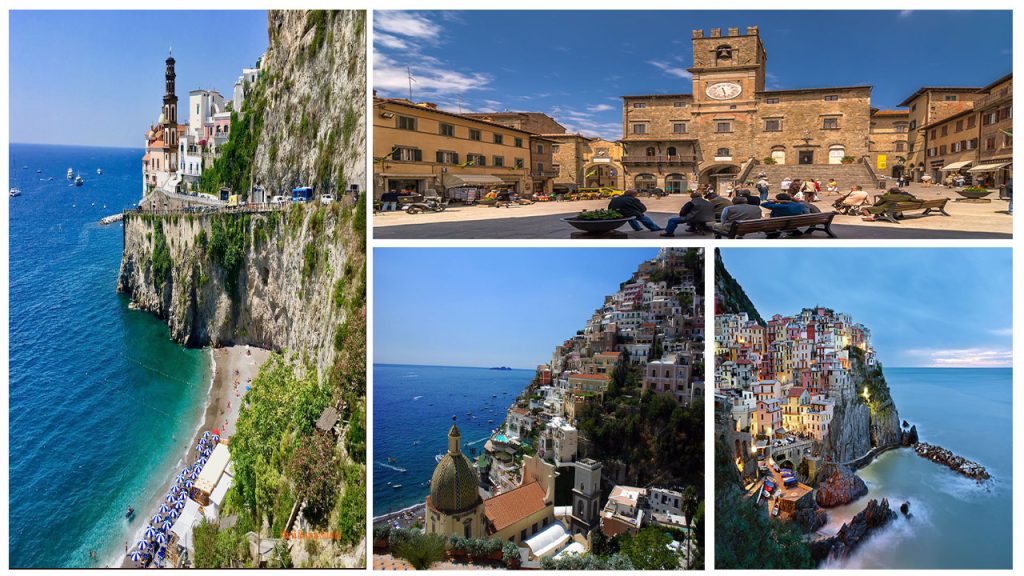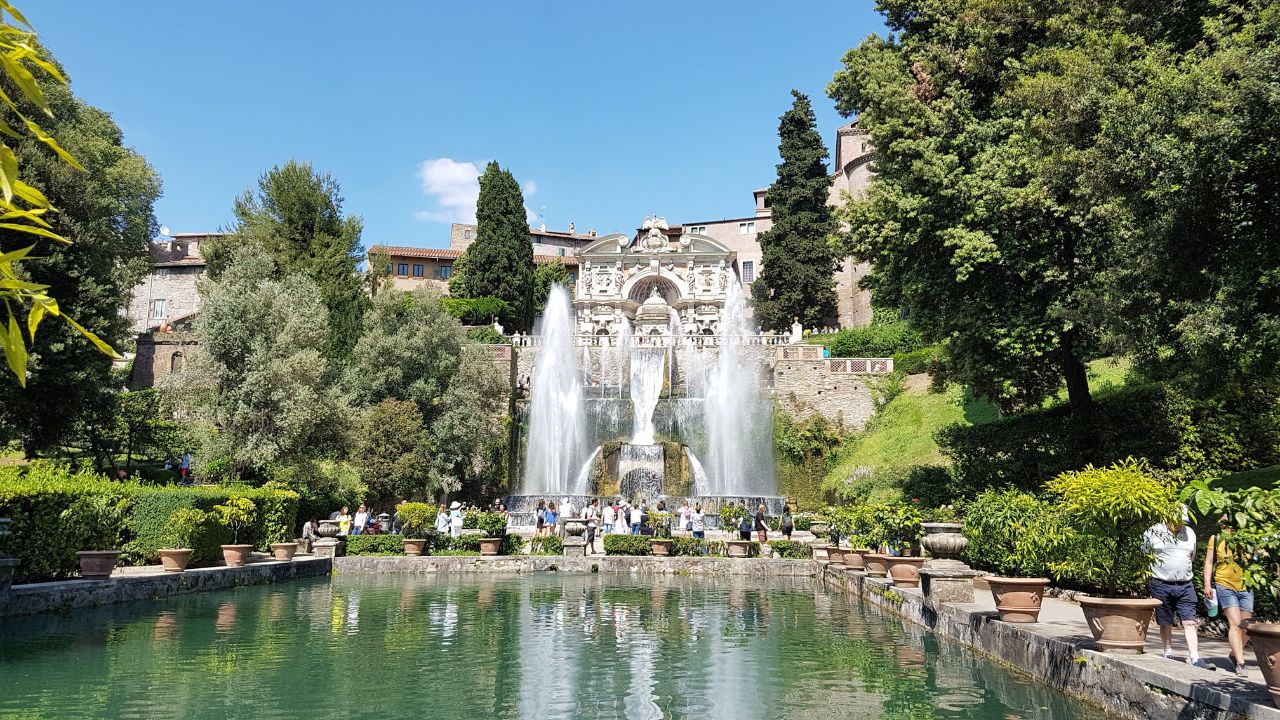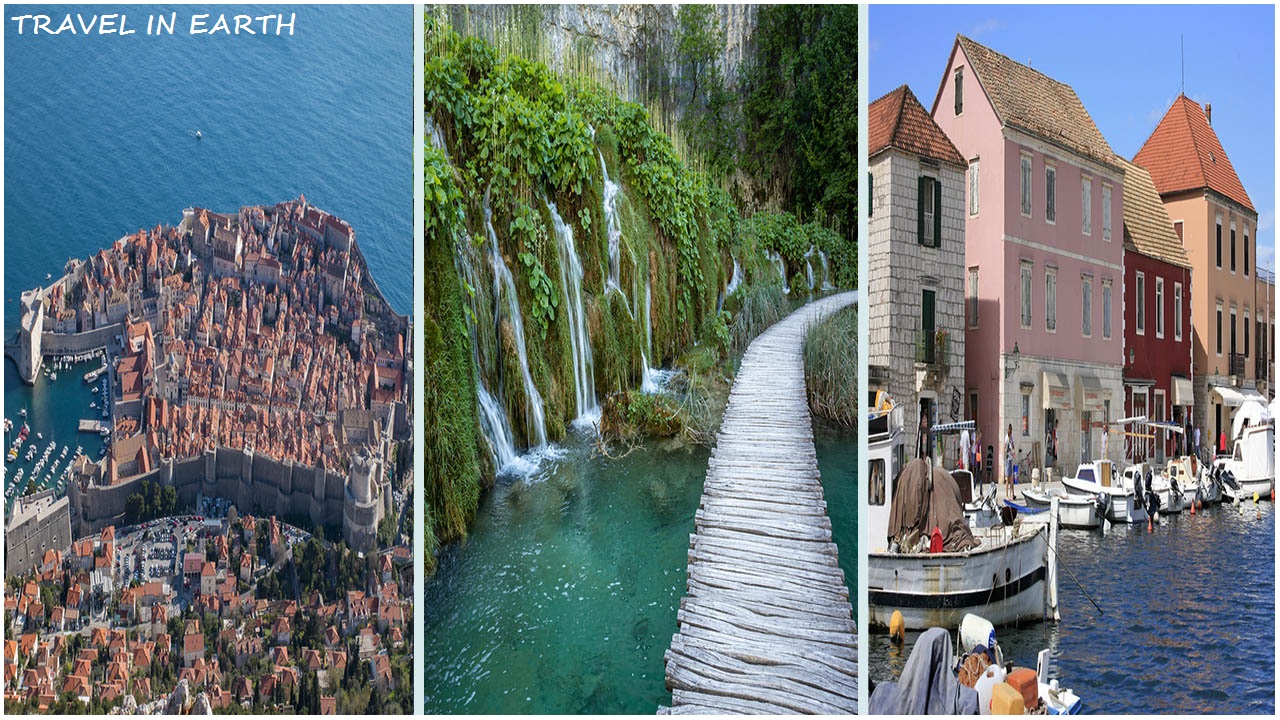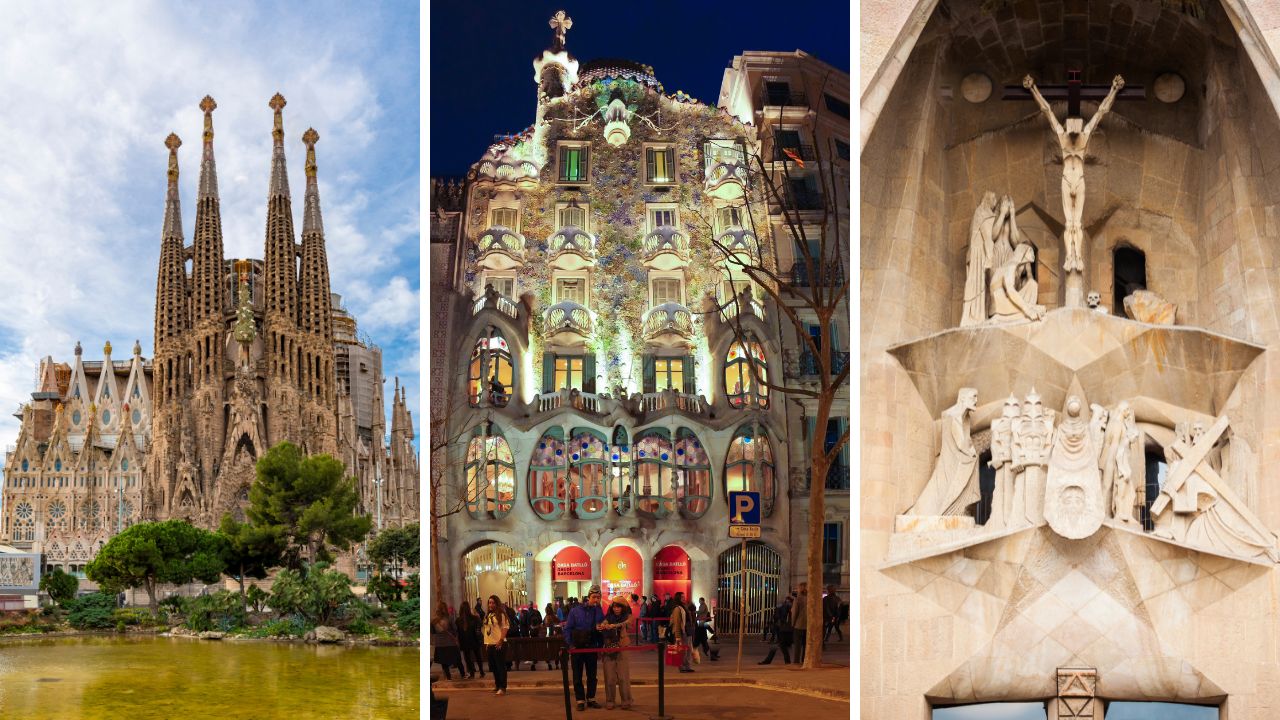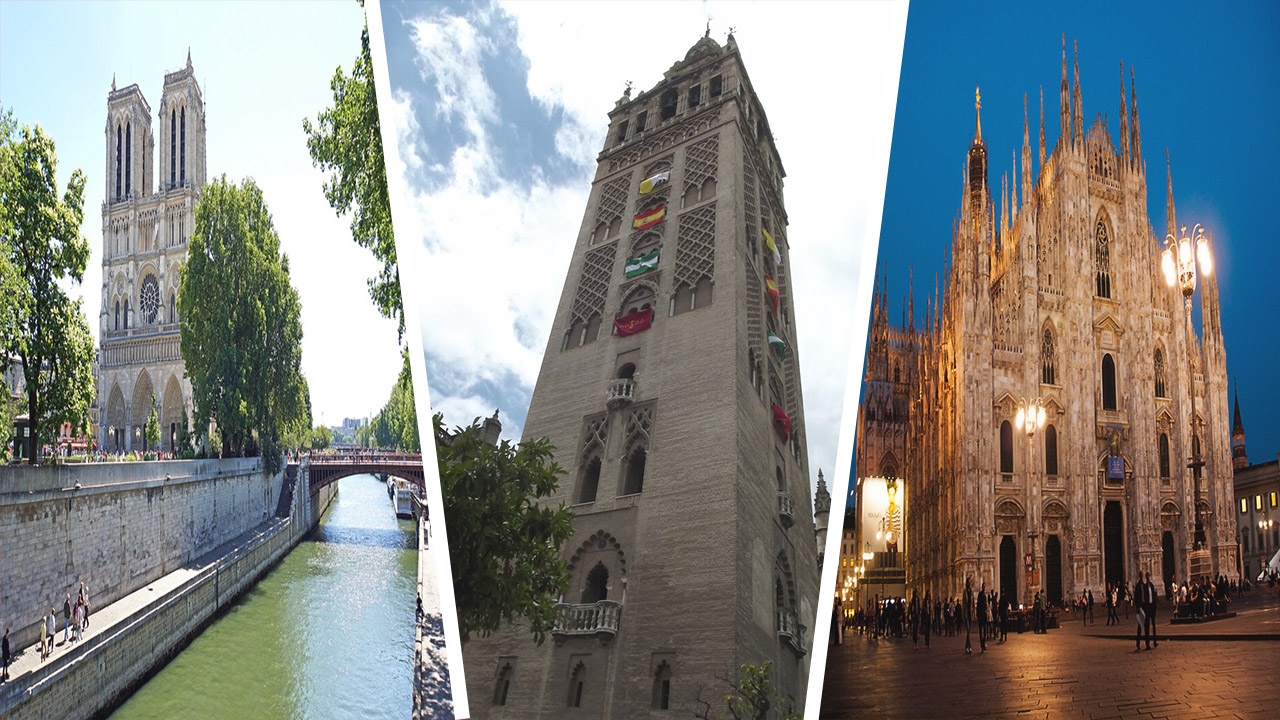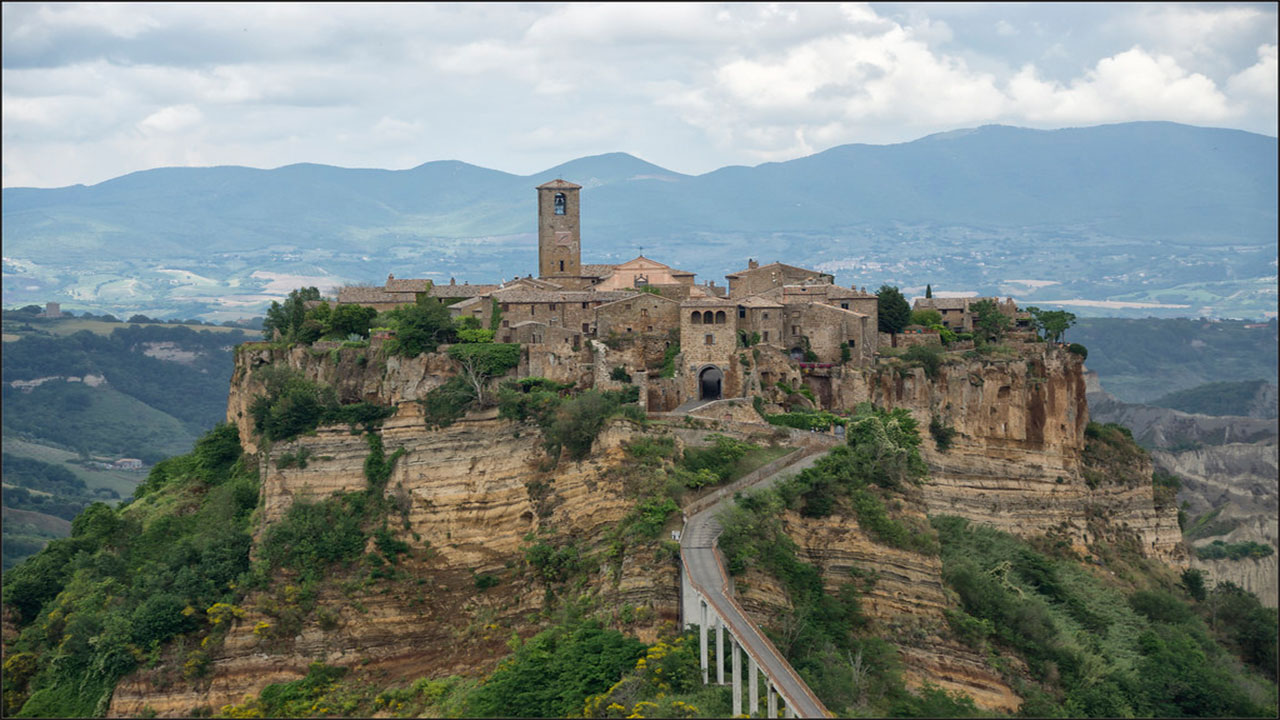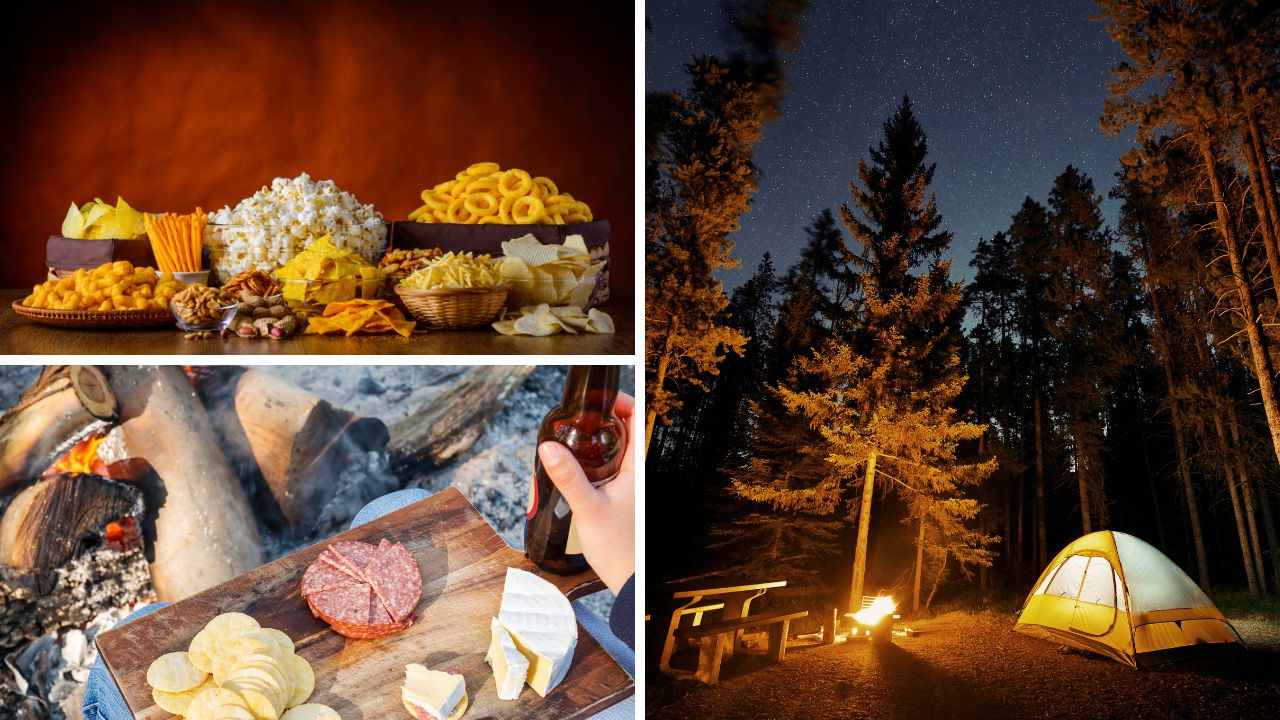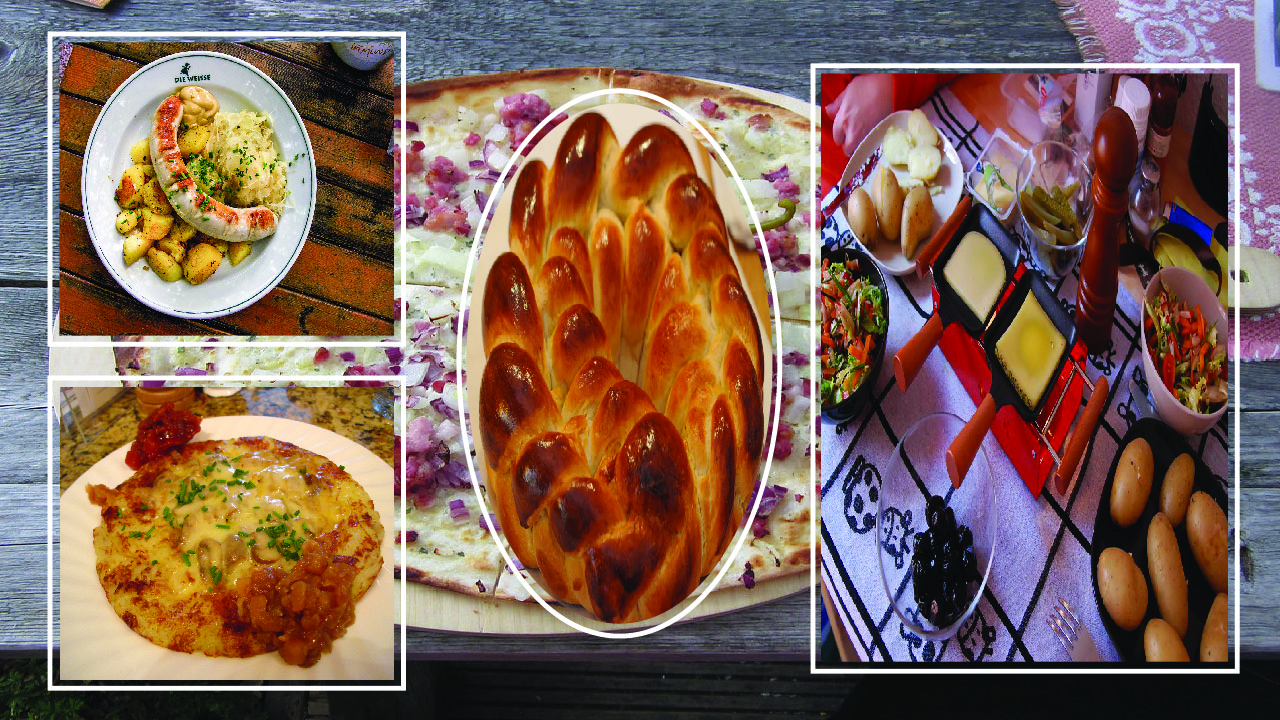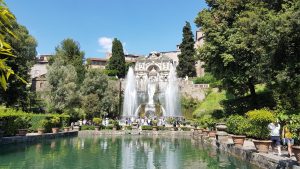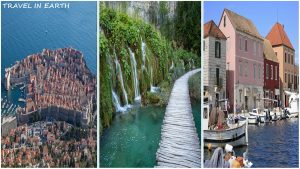Italy’s small towns, often overlooked in favor of larger cities like Rome, Florence, and Venice, hold some of the country’s most precious secrets. These hidden gems provide a more intimate and authentic Italian experience, away from the crowds of tourists found in major urban centers. From the sun-kissed coastal villages of the Amalfi Coast to the rolling hills of Tuscany, these small towns showcase Italy’s diverse beauty and rich cultural heritage.
As we embark on this journey through the most beautiful small towns in Italy, prepare to be captivated by their timeless charm, architectural wonders, and breathtaking natural surroundings. Whether you’re planning your next Italian adventure or simply dreaming of far-off places, these 15 towns are sure to inspire and delight.
1. Positano, Campania
Nestled along the stunning Amalfi Coast, Positano is a postcard-perfect town that seems to defy gravity. Its pastel-colored houses cascade down steep cliffs, creating a mesmerizing sight that has captivated visitors for generations.
Key Features:
- Population: Approximately 3,900.
- Known for: dramatic coastal setting, colorful architecture, and pebble beaches.
- Main attractions: Spiaggia Grande (main beach), Church of Santa Maria Assunta.
Positano’s beauty lies not only in its stunning vistas but also in its winding streets lined with boutiques, cafes, and artisan shops. The town’s vertical landscape means that exploring often involves climbing numerous stairs, but the effort is rewarded with breathtaking views at every turn.
The town’s history dates back to the 9th century, when it was part of the Republic of Amalfi. Today, Positano is a popular tourist destination, especially during the summer months when visitors flock to its beaches and enjoy boat trips along the coast.
Local tip: Visit in the shoulder seasons (April-May or September-October) to enjoy milder weather and fewer crowds.
2. Civita di Bagnoregio, Lazio
Often called “The Dying City” due to the gradual erosion of its volcanic rock foundation, Civita di Bagnoregio is a town that seems frozen in time. Perched atop a hill and accessible only by a long pedestrian bridge, this small town offers visitors a unique glimpse into medieval Italy.
Key Features:
- Population: There are less than 10 full-time residents.
- It is renowned for its precarious location and well-preserved medieval architecture.
- Main attractions: Porta Santa Maria (town gate), Piazza San Donato.
Despite its nickname, Civita di Bagnoregio is very much alive, especially during tourist season. The town’s isolation has helped preserve its ancient charm, with narrow cobblestone streets, centuries-old buildings, and sweeping views of the surrounding valley.
Founded by Etruscans over 2,500 years ago, Civita has withstood the test of time, although its population has dwindled due to the constant threat of erosion. We are making efforts today to preserve this extraordinary place for future generations.
The town has served as a filming location for a number of movies and TV shows, including Jude Law’s “The Young Pope.”
3. Alberobello, Puglia
Alberobello, located in the heel of Italy’s boot, is famous for its unique trulli houses. These cone-shaped, whitewashed buildings with their distinctive stone roofs create a fairytale-like atmosphere that’s unlike anywhere else in the world.
Key Features:
- Population: Around 10,000.
- Known for: UNESCO World Heritage Site of Trulli Houses.
- Main attractions: Rione Monti (trulli district), Trullo Sovrano (two-story trullo).
The trulli’s origins date back to the 16th century, when local rulers encouraged their construction as easily dismantled dwellings to avoid property taxes. Today, the conversion of many of these structures into shops, restaurants and vacation rentals allows visitors to experience life in these unique homes.
Alberobello’s charm extends beyond its famous architecture. The picturesque Itria Valley, renowned for its olivegroves and vineyards, encircles the town. Visitors can enjoy local specialties like orecchiette pasta and Primitivo wine while soaking in the magical atmosphere of this one-of-a-kind town.
Did you know? The Greek word “tholos,” which refers to a circular building, is the source of the word “trullo” (singular of trulli).
4. Manarola, Liguria
Part of the famous Cinque Terre, Manarola is a small coastal town known for its colorful houses perched on rugged cliffs overlooking the Ligurian Sea. This picturesque village is a favorite among photographers and romantic travelers alike.
Key Features:
- Population: Approximately 350.
- Known for: colorful houses, vineyard-covered hills, and coastal hiking trails.
- Main attractions: Harbor viewpoint, Church of San Lorenzo, Manarola Cemetery.
Manarola’s economy has traditionally been based on fishing and wine production. Ancient terraced vineyards cover the surrounding hillsides, producing the local Sciacchetrà wine, a sweet dessert wine that the region has been making for centuries.
The town is part of the Cinque Terre National Park, a UNESCO World Heritage Site. Visitors can explore the area on foot via the famous Sentiero Azzurro (Blue Trail) that connects all five Cinque Terre villages or take a scenic boat ride along the coast.
Local experience: Take a sunset stroll along the famous Via dell’Amore (Lover’s Lane) connecting Manarola to the neighboring town of Riomaggiore.
5. Pienza, Tuscany
People often refer to Pienza, located in the heart of Tuscany’s Val d’Orcia, as the “ideal city of the Renaissance.” Pope Pius II redesigned this small town in the 15th century to create a utopian urban center, and its harmonious architecture and layout have earned it UNESCO World Heritage status.
Key Features:
- Population: Around 2,000.
- Known for: Renaissance architecture, pecorino cheese, and stunning countryside views.
- Main attractions: Piazza Pio II, Palazzo Piccolomini, Pienza Cathedral.
The town’s design, credited to architect Bernardo Rossellino, features wide streets, a central square, and buildings that follow the principles of Renaissance urban planning. The result is a town that feels both grand and intimate, with breathtaking views of the surrounding Tuscan landscape at every turn.
Pienza is also famous for its pecorino cheese, made from the milk of sheep that graze in the surrounding valleys. Visitors can sample this local delicacy in many of the town’s shops and restaurants.
Fun fact: Franco Zeffirelli directed the 1968 adaptation of “Romeo and Juliet” in Pienza.
In our list of the 15 most beautiful small towns in Italy, I’ve covered the first five towns. Would you like me to move on to the next set of towns?
6. Cortona, Tuscany
Perched on a hillside overlooking the Valdichiana valley, Cortona is a charming Etruscan town that gained international fame as the setting for Frances Mayes’ book “Under the Tuscan Sun.” This ancient town offers visitors a perfect blend of history, art, and Tuscan lifestyle.
Key Features:
- Population: Around 22,000.
- Known for: Etruscan artifacts, Renaissance art, and panoramic views.
- Main attractions: Piazza della Repubblica, Diocesan Museum, and the Fortress of Girifalco.
The town’s museum and archaeological park showcase evidence of Cortona’s Etruscan history. Well-preserved palazzi, churches, and shops selling local crafts and produce line the town’s medieval streets.
Art enthusiasts will appreciate Cortona’s connection to Renaissance masters like Fra Angelico and Luca Signorelli, whose works can be admired in the town’s museums and churches. The surrounding countryside, with its olive groves and vineyards, offers ample opportunities for scenic walks and wine tasting.
Local tip: During the Tuscan Sun Festival in summer, visit stunning locations around town to enjoy classical music performances and cultural events.
7. Castelluccio, Umbria
Situated in the heart of the Monti Sibillini National Park, Castelluccio is a tiny village famous for its spectacular natural phenomenon known as “La Fioritura” (The Flowering). During late spring and early summer, the plains surrounding the village burst into a kaleidoscope of colors as wildflowers bloom.
Key Features:
- Population: Less than 150.
- Known for La Fioritura, lentil cultivation, and mountain landscapes.
- Main attractions: Piano Grande (Great Plain), Church of Santa Maria Assunta.
Castelluccio sits at an elevation of 1,452 meters, making it one of the highest settlements in the Apennines. The village is renowned for its production of lentils, which thrive in the area’s unique microclimate.
Unfortunately, earthquakes in 2016 and 2017 severely damaged Castelluccio. While reconstruction efforts are ongoing, the village’s spirit and the breathtaking natural beauty of its surroundings continue to draw visitors.
Interesting fact: Castelluccio’s flowering includes poppies, cornflowers, violets, and the famous lentil plants, creating a patchwork of red, blue, yellow, and green.
8. Atrani, Campania
Often overshadowed by its more famous neighbor Amalfi, Atrani is the smallest town in southern Italy and one of the best-preserved gems of the Amalfi Coast. This picturesque fishing village offers a more authentic and less crowded experience of coastal life.
Key Features:
- Population: Around 800.
- The area is known for its beaches, medieval architecture, and traditional festivals.
- Main attractions: Piazzetta Umberto I, Church of San Salvatore de’ Birecto, beach.
Atrani’s compact size and pedestrian-friendly layout make it simple to explore on foot. The town’s heart is the charming Piazzetta Umberto I, lined with cafes and restaurants where locals and visitors alike gather to enjoy the Mediterranean atmosphere.
Amalfi’s noble families once resided in the town, a testament to its close ties to the town’s history. Today, Atrani maintains its traditional character, with narrow alleys, vaulted passageways, and houses stacked upon each other leading down to a small but lovely beach.
Participate in the Festa di Santa Maria Maddalena on July 22, where a colorful procession carries a statue of the saint through the town.
9. Orta San Giulio, Piedmont
Nestled on the eastern shore of Lake Orta, San Giulio is a romantic town that seems to have stepped out of a fairytale. Its car-free center, medieval architecture, and the mystical island of San Giulio create an atmosphere of timeless beauty.
Key Features:
- Population: Around 1,200.
- Known for: Lake views, Sacro Monte, and the island of San Giulio.
- Main attractions: Piazza Motta, Sacro Monte di Orta, Isola San Giulio.
Pastel-colored buildings with charming arcades surround the town’s main square, Piazza Motta, which opens onto the lake. Visitors can take a short boat ride from here to the island of San Giulio, which is home to a Benedictine monastery and a basilica that dates back to the 4th century.
Orta San Giulio is also known for its Sacro Monte, a complex of 20 chapels dedicated to St. Francis of Assisi. This UNESCO World Heritage site offers a unique blend of art, nature, and spirituality.
Did you know? The Italian writer Piero Chiara once referred to Lake Orta as “God’s watercolor” because of its serene beauty.
10. Pitigliano, Tuscany
Known as “Little Jerusalem” due to its historic Jewish community, Pitigliano is a striking town perched atop a volcanic tuffa ridge. Its dramatic skyline, with buildings seemingly growing out of the rock, creates an unforgettable sight.
Key Features:
- Population: Around 3,800.
- Known for: Jewish heritage, Etruscan caves, and white wine.
- Main attractions: Jewish Ghetto, Palazzo Orsini, underground cave network.
Pitigliano’s history is a fascinating blend of Etruscan, Roman, and medieval influences. The town’s Jewish Quarter, established in the 16th century, includes a restored synagogue, ritual bath, and museum that tell the story of Jewish life in Tuscany.
Etruscan caves and tombs, some converted into wine cellars, pepper the area around Pitigliano. The local white wine, Bianco di Pitigliano, is a DOC (Denominazione di Origine Controllata) wine known for its crisp, refreshing taste.
Local tip: Visit the vie cave, an ancient sunken road carved by the Etruscans that connects Pitigliano to nearby towns.
These additional towns showcase the diverse beauty and rich cultural heritage of Italy’s small towns. Each offers a unique experience, ranging from coastal charm to hilltop vistas, ancient history to vibrant local traditions. Would you like me to proceed with the final five towns on our list?
11. Castelmezzano, Basilicata
Nestled in the Dolomiti Lucane mountains, Castelmezzano is a hidden gem in southern Italy. This small town, with its houses seemingly carved into the rocky mountainside, offers visitors a unique blend of natural beauty and medieval charm.
Key Features:
- Population: Around 800.
- Known for: Dramatic mountain setting, adventure activities, and ancient stone stairways.
- Main attractions: Gradinata Normanna, Chiesa Madre di Santa Maria, Volo dell’Angelo.
The town’s origins date back to the 5th century BCE when Greek settlers first inhabited the area. Later, it became an important Norman stronghold, evidenced by the ruins of the castle that gave the town its name.
Today, Castelmezzano is renowned for its breathtaking views and the Volo dell’Angelo (Flight of the Angel), a high-speed zip line that connects it to the nearby town of Pietrapertosa. This thrilling ride offers an unparalleled view of the rugged landscape.
Interesting fact: The stone stairways throughout the town, some dating back to medieval times, are known as the “Seven Stones Path” and lead to panoramic viewpoints.
12. Cefalù, Sicily
Located on Sicily’s northern coast, Cefalù is a picturesque seaside town that combines beautiful beaches with Norman architecture and Greek history. Its distinctive silhouette, dominated by a massive rock known as La Rocca, has made it one of Sicily’s most popular destinations.
Key Features:
- Population: Around 14,000.
- Norman Cathedral, Golden Beach, and fresh seafood are all known.
- Main attractions: Duomo di Cefalù, La Rocca, Lavatoio Medievale.
The town’s history spans millennia, with evidence of prehistoric settlements and a significant Greek presence before it became an important Norman center in the 12th century. The crowning glory of Cefalù is its Norman cathedral, a UNESCO World Heritage site known for its stunning Byzantine mosaics.
Cefalù’s old town is a maze of narrow medieval streets that lead to a long, sandy beach—a rarity in rocky Sicily. The town is also famous for its fresh seafood, with many restaurants offering dishes made from the day’s catch.
Local tip: Climb La Rocca for panoramic views of the town and coast. The path also leads to the ruins of a Norman castle and Diana’s ancient temple.
13. Borghetto sul Mincio, Veneto
Often described as one of Italy’s most beautiful borghi (small villages), Borghetto sul Mincio is a tiny hamlet that seems straight out of a romantic fairy tale. Located in northern Italy, this village is known for its medieval water mills and the picturesque Visconti Bridge.
Key Features:
- Population: Less than 100.
- Known for: water mills, Visconti Bridge, and tortellini pasta.
- Main attractions: Ponte Visconteo, Chiesa di San Marco Evangelista, water mills.
The Mincio River, which once powered Borghetto’s numerous mills, plays a significant role in its history. Today, these restored mills create a charming backdrop for the village, especially when illuminated at night.
The village is famous for its unique culinary tradition of nodo d’amore (love knot), a type of tortellini pasta. According to legend, a tale of forbidden love between a young soldier and a nymph of the Mincio River inspired this dish.
Did you know? The impressive Visconti Bridge, built in the 14th century, was originally part of a fortified dam system designed to protect the city of Mantua.
14. Spello, Umbria
Perched on the slopes of Mount Subasio, Spello is a walled town known for its well-preserved Roman gates, medieval churches, and the famous Infiorate flower festival. This Umbrian gem offers visitors a taste of authentic Italian life away from the tourist crowds.
Key Features:
- Population: Around 8,500.
- Known for: Roman architecture, religious art, and the Imperial festival.
- Main attractions: Porta Venere, Santa Maria Maggiore church, Palazzo dei Canonici.
Spello’s history dates back to ancient Roman times, evident in its well-preserved gates and walls. The town is home to several important churches, including Santa Maria Maggiore, which houses frescoes by Pinturicchio, a renowned Renaissance painter.
Every year on the feast of Corpus Domini, Spello hosts the Infiorate festival, where the streets are decorated with intricate carpets made entirely of flower petals. This colorful tradition attracts visitors from all over the world.
Local experience: Take a stroll along Via dell’Acquedotto, an ancient Roman aqueduct turned into a scenic walkway offering panoramic views of the Umbrian countryside.
15. Vernazza, Liguria
Rounding out our list is Vernazza, often considered the most picturesque of the five villages that make up the Cinque Terre. This small fishing village, with its natural harbor, colorful houses, and medieval castle, epitomizes the charm of the Italian Riviera.
Key Features:
- Population: Around 800.
- Known for: Colorful harbor, terraced vineyards, and scenic hiking trails.
- Main attractions: Doria Castle, Church of Santa Margherita d’Antiochia, Vernazza Beach.
Vernazza’s layout has remained largely unchanged since medieval times, with its houses clustered around the small port and extending up the steep hillsides. The town has no car traffic, adding to its peaceful, old-world atmosphere.
Despite severe damage from a flood in 2011, Vernazza has bounced back, thanks to the resilience of its residents and the town’s enduring appeal to visitors. Terraced vineyards cover the surrounding hillsides, producing the local Cinque Terre wine.
Interesting fact: Vernazza is the only natural port of the Cinque Terre, and it was a vital maritime defense against pirates in medieval times.
Conclusion
Italy’s small towns offer a window into the country’s rich history, diverse landscapes, and enduring traditions. From the coastal beauty of Positano and Vernazza to the hilltop charm of Civita di Bagnoregio and Castelmezzano, each town on this list has its own unique character and allure.
These 15 beautiful small towns represent just a fraction of the hidden gems scattered throughout Italy. They offer visitors a chance to experience the authentic Italian way of life, away from the hustle and bustle of larger cities. Italy’s picturesque borghi have something to offer every traveler, be it medieval architecture, stunning natural scenery, rich culinary traditions, or simply the slower pace of small-town life.
As you plan your Italian adventure, consider venturing beyond the well-trodden tourist path to discover these enchanting small towns. Each visit promises not just beautiful sights but also unforgettable experiences and a deeper connection to the heart and soul of Italy.

